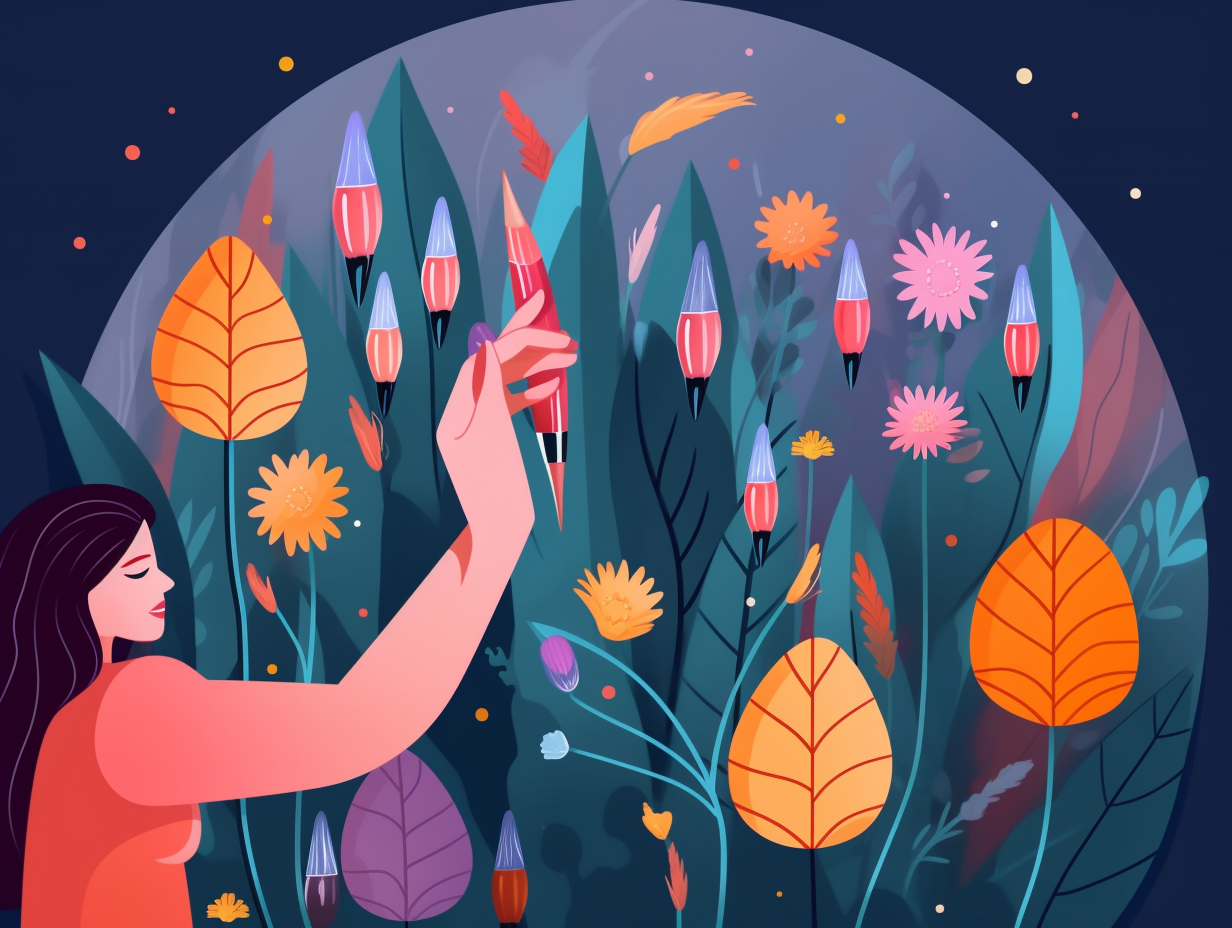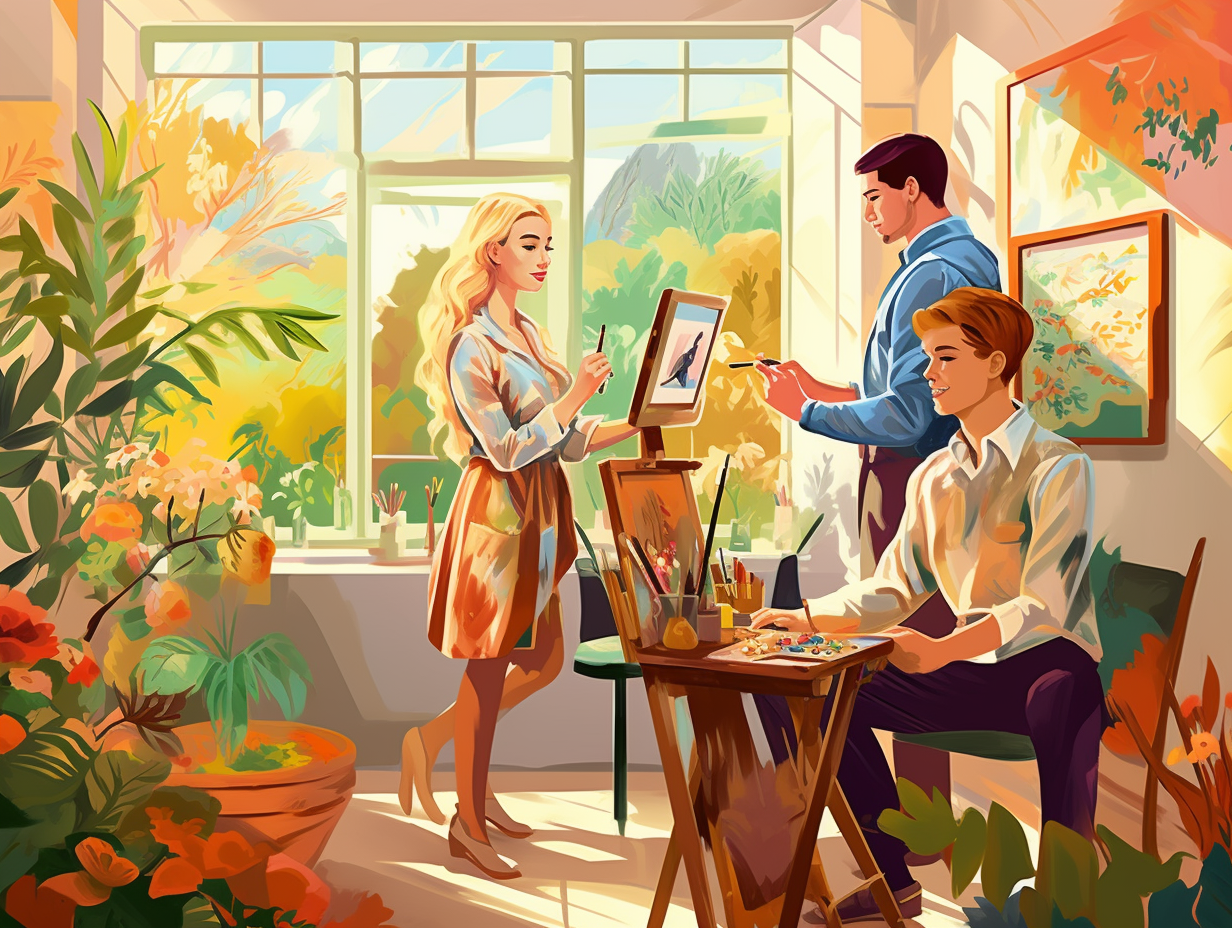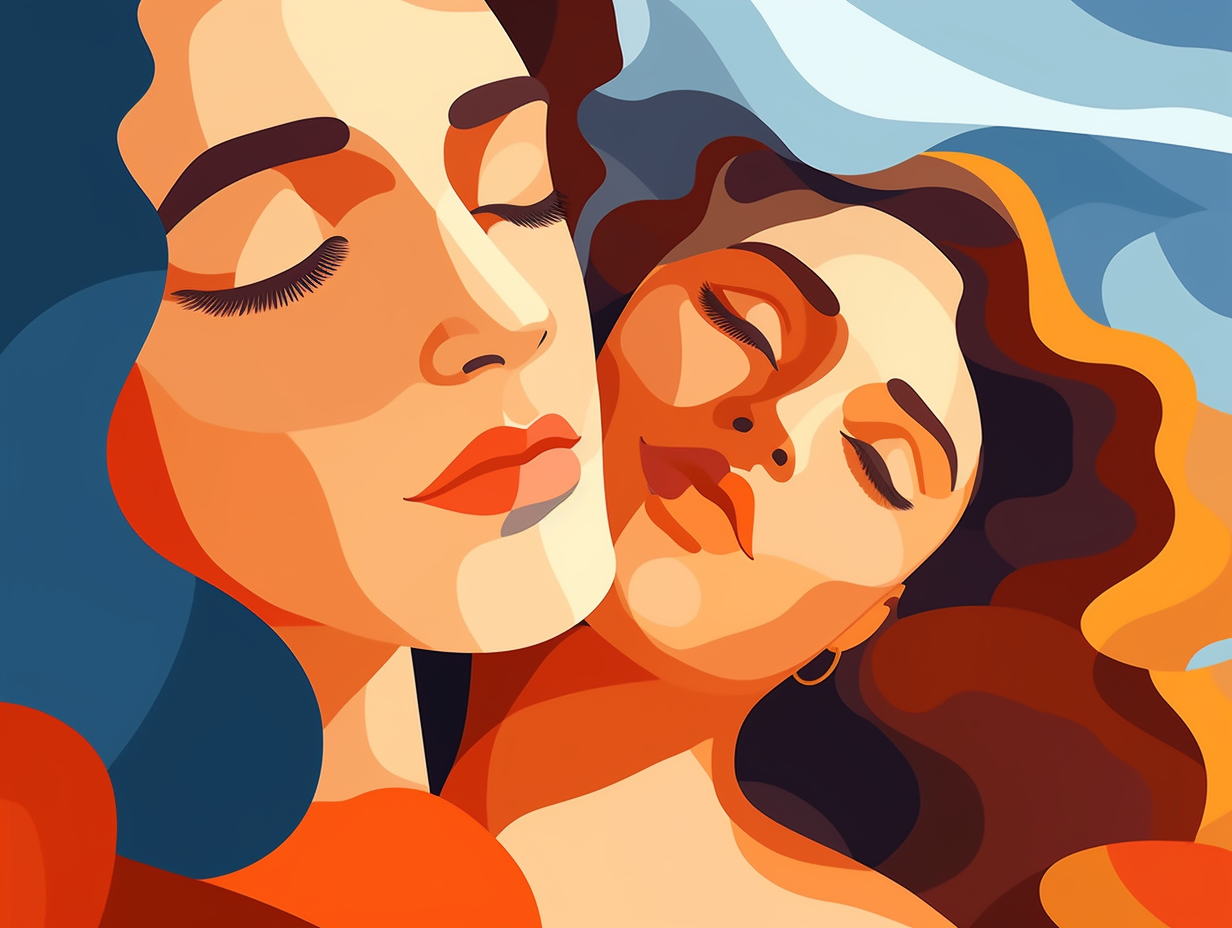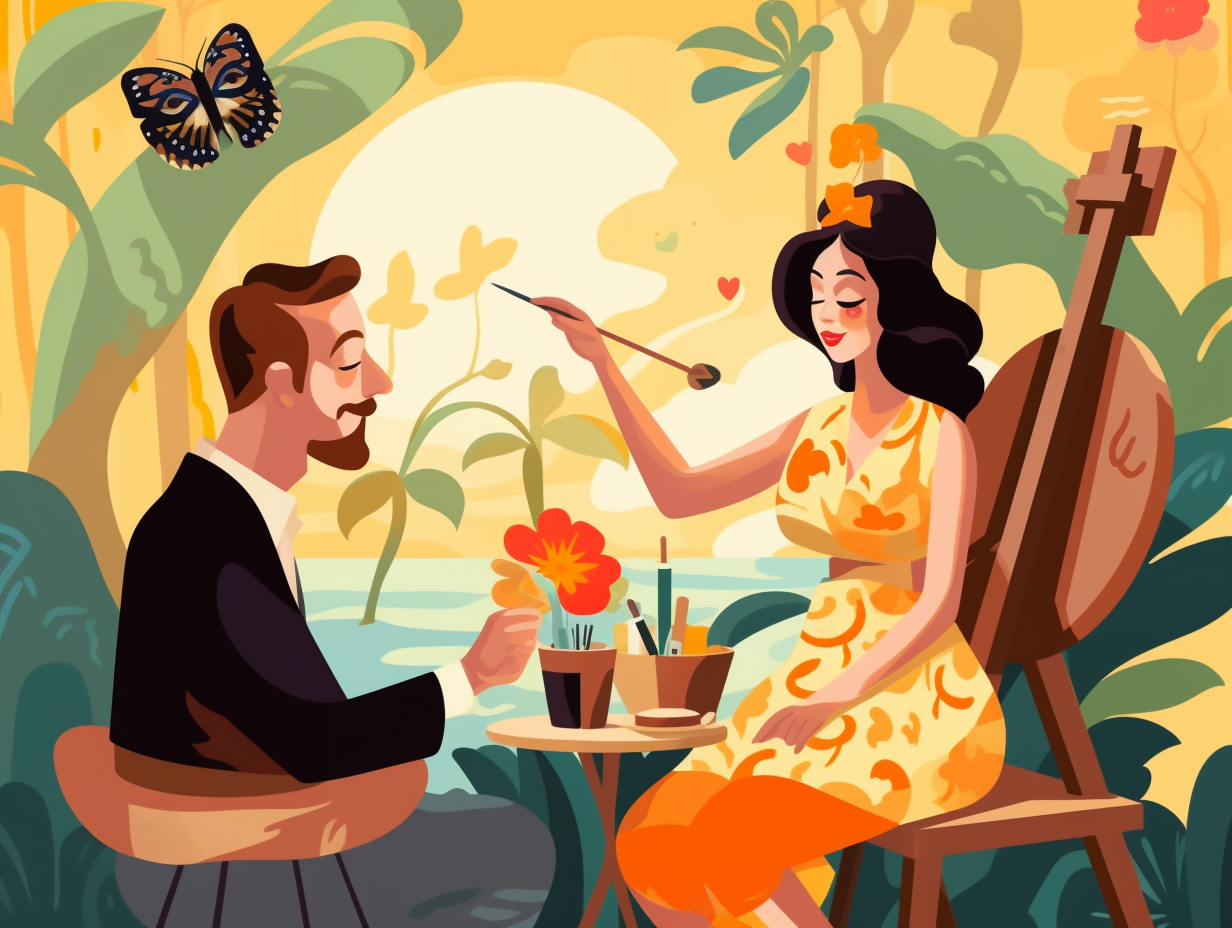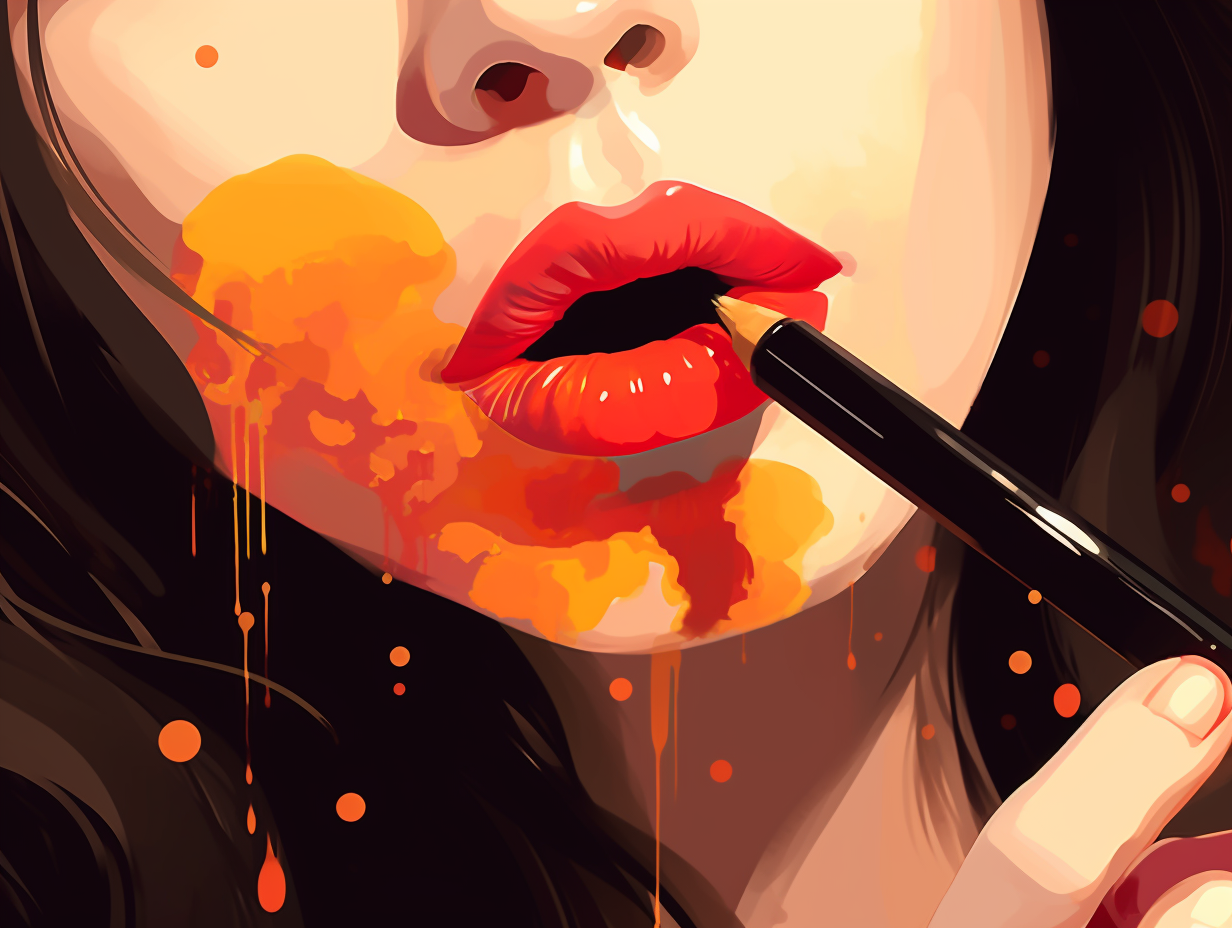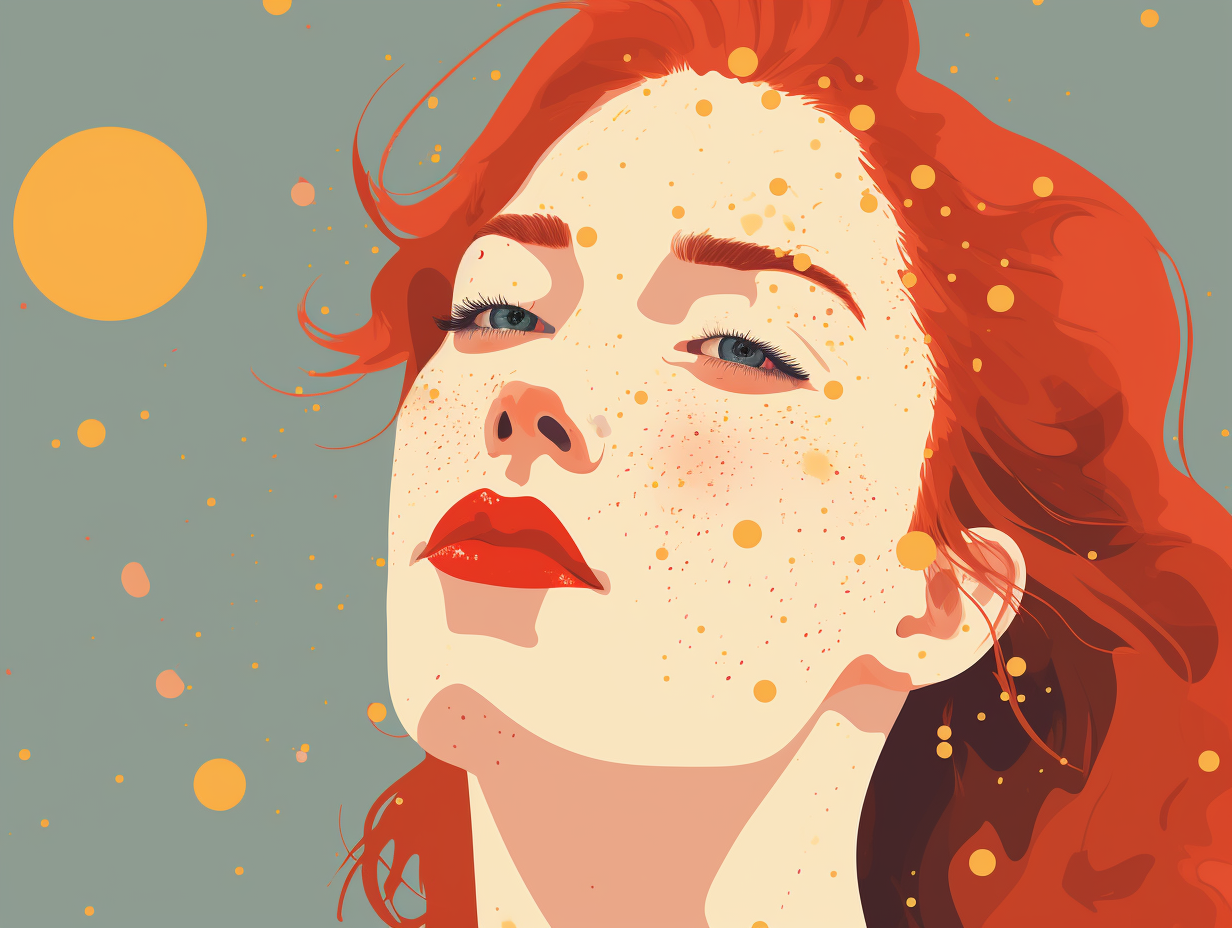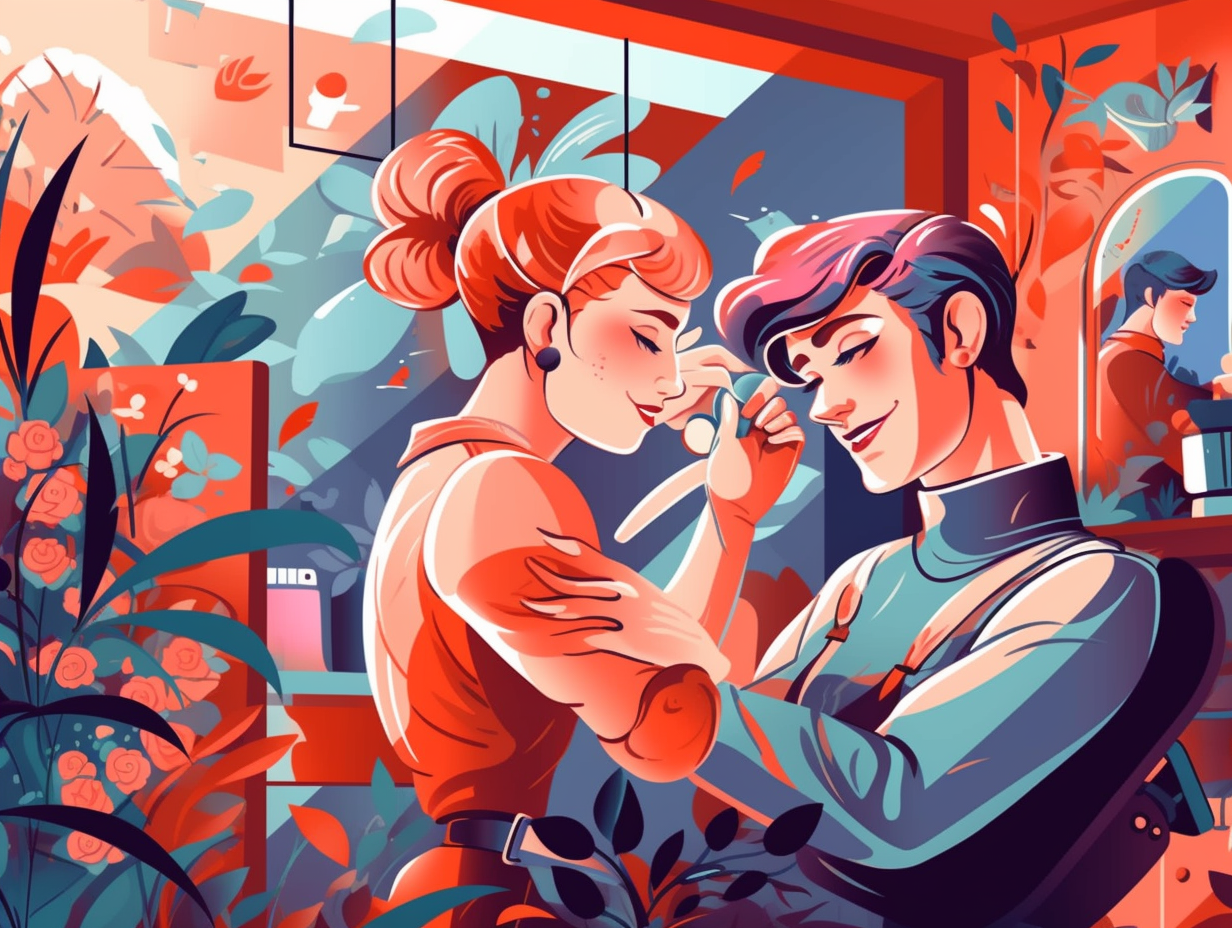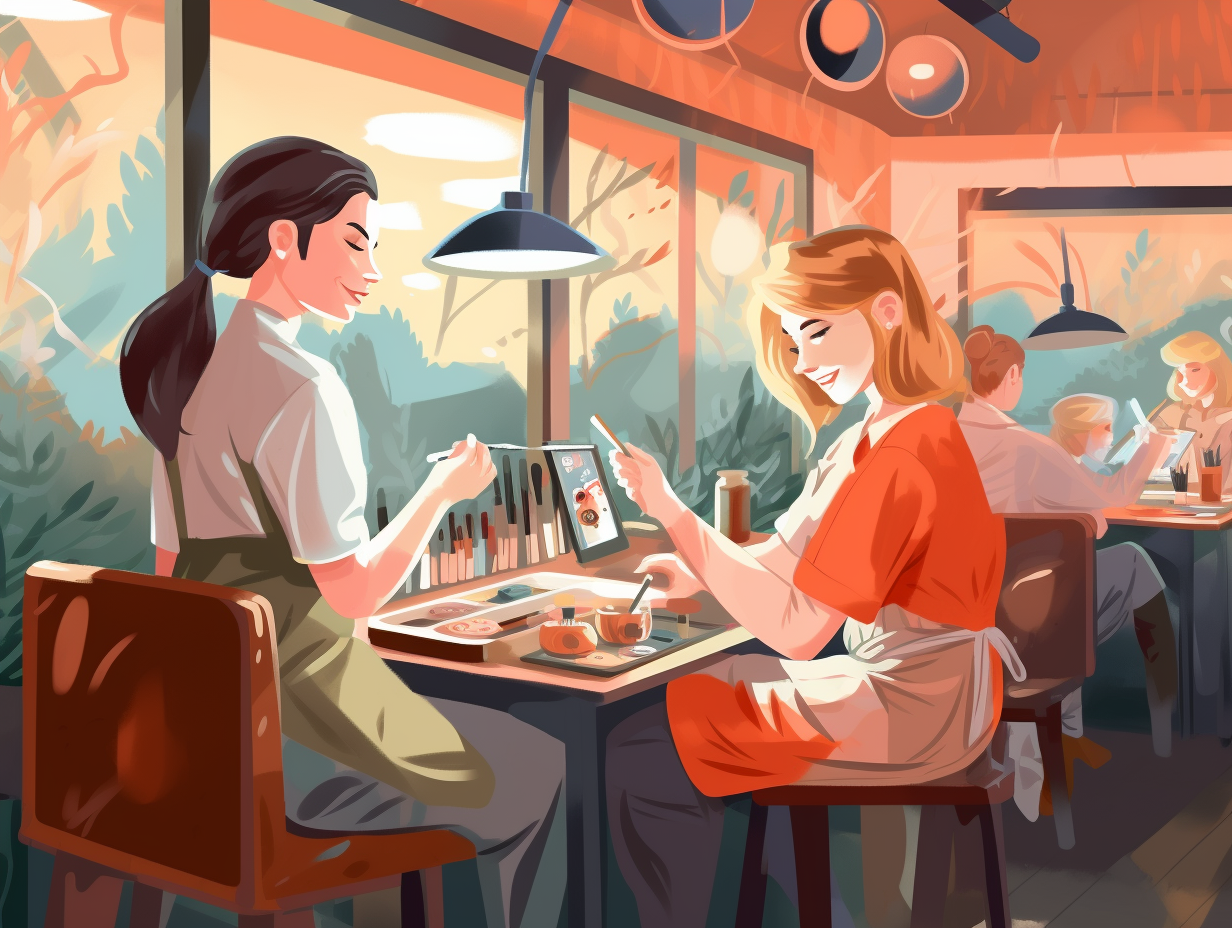Discover the Top 11 Fun Facts About Makeup: Unveiling Beauty Secrets, Parisian Trends, and More!
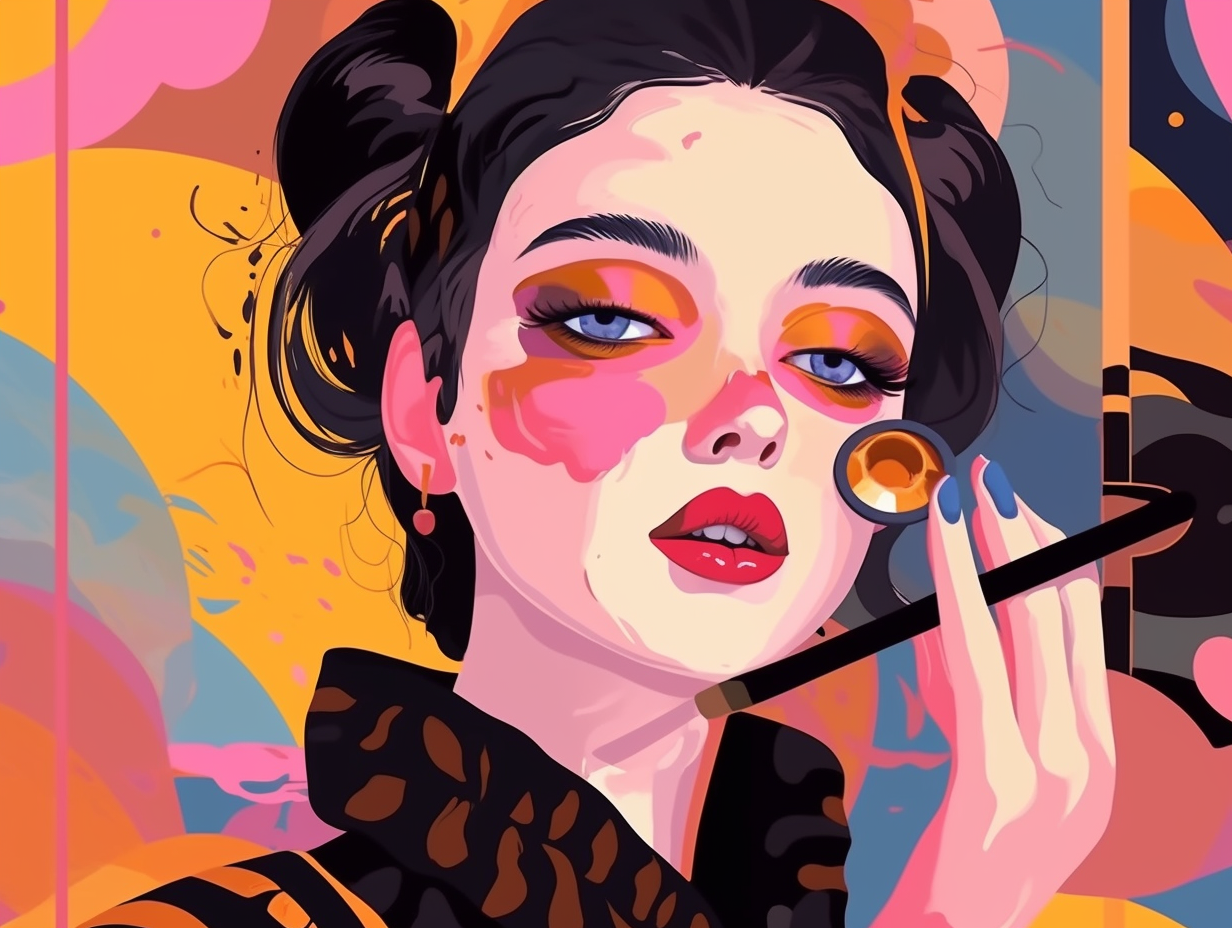
1. Ancient Lipstick Thieves
Pucker up, jewel thieves of yore: Ancient humans fancied applying crushed gems, fungi, and plant stains to their lips like modern lipstick! In fact, Mesopotamian women used semi-precious stones for lip color, Egyptians sourced red dye from focus-algin fungi and iodine, Queen Elizabeth I sported beeswax and plant-based dyes for her iconic look, and 19th-century Paris saw the rise of commercial lipstick with deer tallow, castor oil, and beeswax as main ingredients.
Source => competitivepestcontrol.com.au
2. Cleopatra's Smoky Eye Superstition
Back in the time of Cleopatra, they really knew how to rock the smoky eye look - all in the name of warding off bad mojo: Ancient Egyptians were known to use kohl, a black eye makeup made from the grey ore galena, to line their eyes for not only cosmetic reasons, but also to protect them from the "Evil Eye" and various diseases, a practice that has continued for centuries and can still be seen in today's eye makeup trends.
Source => halifaxpubliclibraries.ca
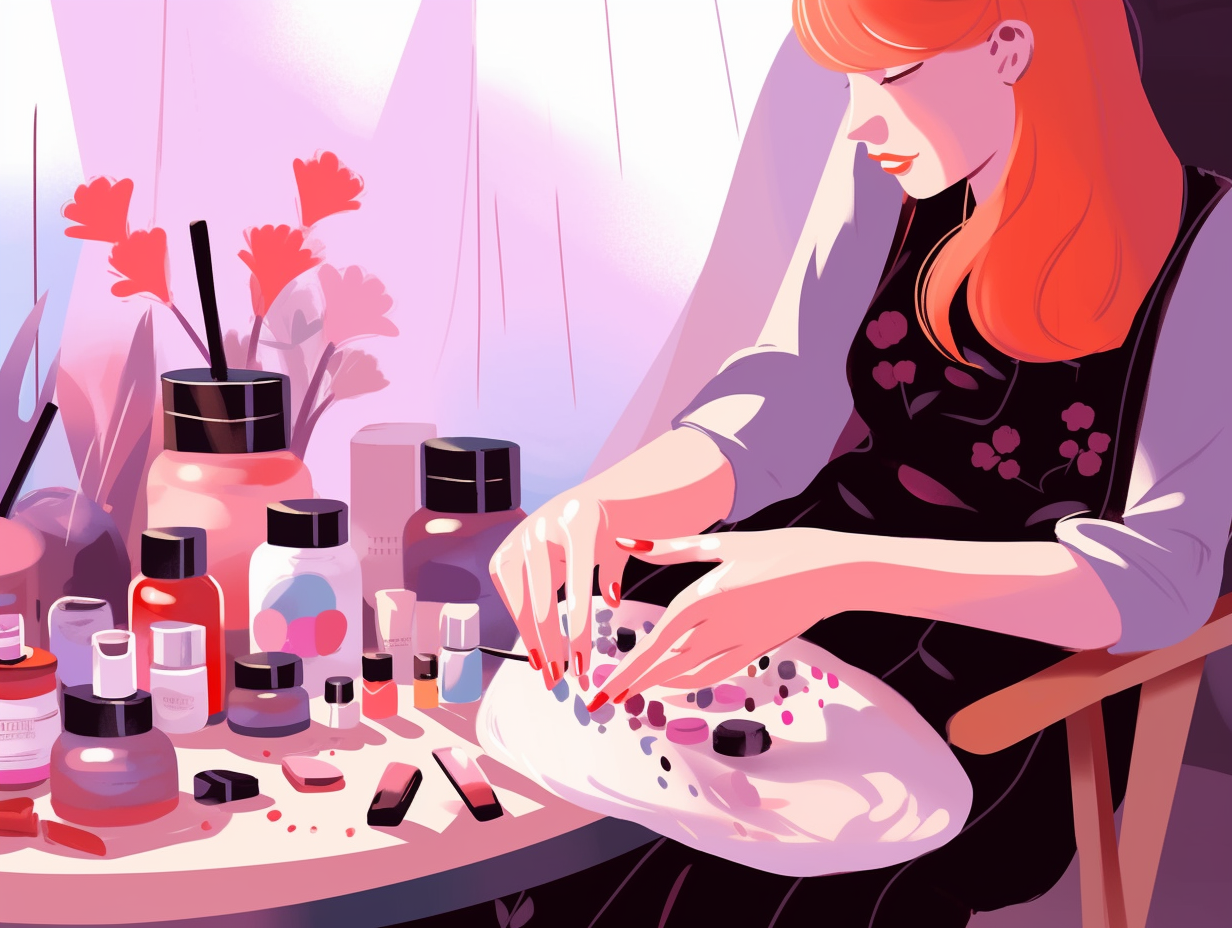
Did you know that the origins of nail polish date back 5000 years to Chinese royalty? Explore the fascinating ancient recipe that included egg whites, beeswax, and vegetable dyes!
=> Fun Facts about Nail-Polish
3. Toxic Ancient Egyptian Makeup
Talk about toxic beauty: the ancient Egyptians sure had a penchant for living dangerously in the name of fabulous eyes! Who knew that the price of beauty could be irritability, insomnia, and mental decrease? Here's the serious reveal: their exaggerated eye makeup was made from malachite, galena, and kohl containing metals like lead, antimony, manganese or copper, which, when absorbed through the ocular skin, led to those unwanted side effects.
Source => nbcnews.com
4. Romans Put Ashes In Their Eye Makeup
Beauty was definitely not all in the eye of the beholder in ancient Rome, where soot and ashes were all the rage in the quest for killer eyes: Kohl was popular as eye makeup, utilizing a concoction of ashes, soot, and antimony, with a dash of saffron for a fragrance more pleasing than the smoky ingredients would suggest – bonus, no lead and vinegar winged eyeliner, as these ladies kept their poison strictly for skin whitening purposes.
Source => en.wikipedia.org
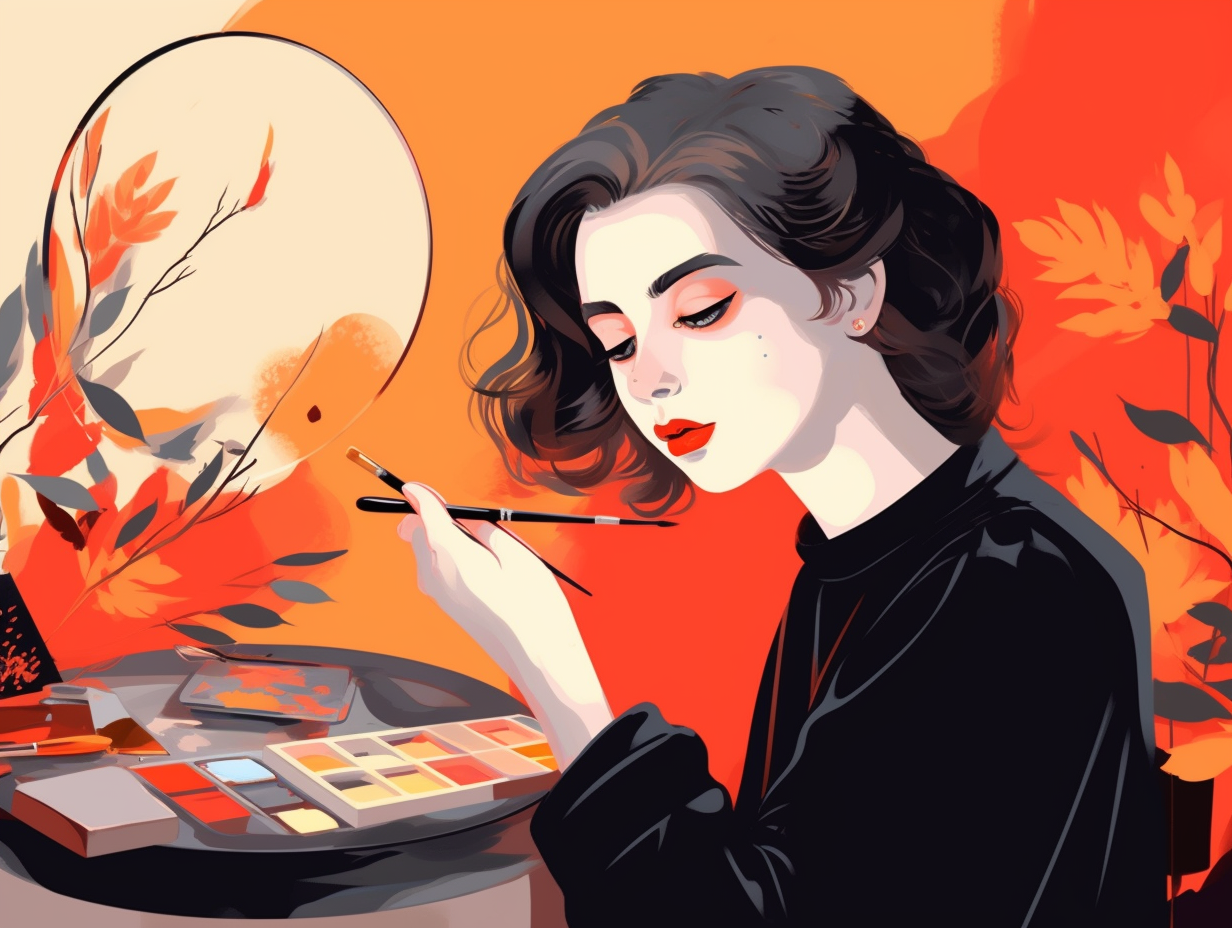
5. 2000-Year-Old Beauty Cream Discovery
Get ready to blush as we brush up on some ancient beauty secrets: In a Roman temple complex in Southwark, south London, archaeologists unearthed a 2nd-century AD cosmetic cream or ointment, perfectly sealed in a cylindrical pot—an unprecedented find that gives us a rare glimpse into the cosmetic rituals of our fabulous ancestors 2000 years ago.
Source => thearchaeologist.org
6. Queen Elizabeth I's Deadly Makeup Obsession
Before there was "death by chocolate", there was "slay by makeup": Queen Elizabeth I's obsession with a striking look involving heavy white makeup and bold red lips turned out to be a fatal beauty routine, as the Venetian ceruse she used to cover her smallpox scars contained toxic lead. Her iconic lip stain owes its red hue to cinnabar, a toxic mercury-based mineral. These dangerous concoctions led to the deterioration of her skin, signs of lead poisoning, and ultimately, her untimely demise.
Source => mirror.co.uk
7. Lethal 18th-Century Makeup Ingredients
Before the phrase, "Drop dead gorgeous" took on a whole new, albeit unintended meaning: lead was a key ingredient in 18th-century makeup, a lethal combination when mixed with vinegar that could cause death by skin absorption. Thankfully, today's makeup formulations have cleaned up their act, becoming far safer and more regulated.
Source => en.wikipedia.org
8. Ancient Japan's Rice-Powdered Faces
Before Kanye made controversial fashion statements, Japan's elite were all the rice: In ancient Japan, both men and women used rice powder to paint their faces, necks, throats, and upper chests white – not for skin lightening, but as a beauty symbol that repelled the sun's smooch like a bad first date. This rice-based skincare trend still endures, with research lauding its antioxidants and exfoliating magic.
Source => herbhedgerow.co.uk
9. Vaseline's Role in Mascara History
Who knew that slugging it out—with Vaseline, that is—would lead from healing wounds to raising "eye-catching" eyebrows: In the late 1800s, women discovered that dabbing some Vaseline on their eyebrows and eyelashes helped tame their unruly hairs, opening the floodgates for its evolution into a cosmetic staple. However, mascara's true magic didn't appear until 1915 when Thomas L. Williams, inspired by his sister's clever concoction of coal dust and Vaseline, created and sold the first commercial mascara by mail-order catalog as "Lash-Brow-Ine." Later rebranding it as "Maybelline" in honor of his dear sister Mabel, launching not only fuller lashes but also a powerhouse cosmetics brand.
Source => maybellinebook.com

10. Max Factor's Lip Gloss Invention
Pucker up, Hollywood darlings, and let your lips do the talking: In 1928, Max Factor invented the first lip gloss, originally dubbed Lip Pomade, to bestow a glitzy, glossy sheen upon the silver screen sirens' smackers, and the fabulous lip adornment has been an essential staple in makeup bags around the globe ever since.
Source => maxfactor.com
11. Lipstick Economy Crisis Theory
When life gives you lemons, paint your face with lipstick: The "lipstick effect" theory states that during economic crises, people are more prone to buy affordable luxury items like high-end cosmetics, including lipstick – although, there's no substantial evidence linking makeup sales to a lemony economy.
Source => en.wikipedia.org
Related Fun Facts



